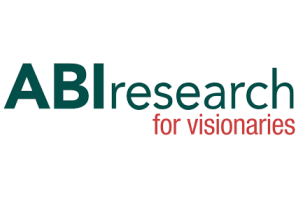The manufacturing landscape is about to change and change in a big way, says ABI Research, a market-foresight advisory firm providing strategic guidance on the transformative technologies.
The debate over if digitisation will impact this market has passed. The key questions that should be asked by all involved in this market now are: When will these changes happen? What do I need to do to prepare for this? And finally, which horse do I bet on in terms of technological investment?
ABI Research had seven analysts from its Industrial research group on-site at the IMTS 2018 (International Manufacturing Trade Show) conference in Chicago between Sept. 10-15, 2018, and their observations have been compiled into four brief reads: “The Next American Industrial Revolution: Key Takeaways from IMTS 2018 and Hannover Messe USA.”
There are several emerging technologies that look set to enable manufacturers in developing markets to remain competitive.
Some noteworthy findings from the whitepaper include:
- AI (Artificial Intelligence), sensorisation, connectivity, and IoT (Internet of Things) will be key to optimising productivity. However, they are currently being held back by conservative attitudes toward data management and connecting machines. This will change as the market pressure mounts.
- Additive manufacturing is on the cusp of being able to demonstrate its applicability for scale deployment.
- Generative design promises to reduce wastage, speed design processes, and revolutionise material usage.
- Virtualisation, visualisation, and digital twins are set to reduce machine downtime and machine commissioning time as well as improve the efficiency of all aspects of part and product manufacturing, from start to end.
- Cobots and autonomous material handling robots are set to enable a more efficient and zero touch environment that not only optimises the shop floor but also extends beyond the line to both ends of the process in the warehouse and eventually into the logistics supply chain.
“These technological advancements hold the promise of enabling a cleaner, more efficient, and relevant manufacturing sector for developed markets. The innovation outlined in the ‘The Next American Industrial Revolution’ paper will spill over into the supply chain, and the two market segments will be characterised by blurred edges,” said Stuart Carlaw, chief research officer at ABI Research. “Importantly, some of these technologies will enable the democratisation of automation down into the small and medium-sized enterprises. This will have significant impacts on gross domestic product and national output.”
Download the complete report by clicking here.
Comment on this article below or via Twitter: @IoTNow_OR @jcIoTnow










